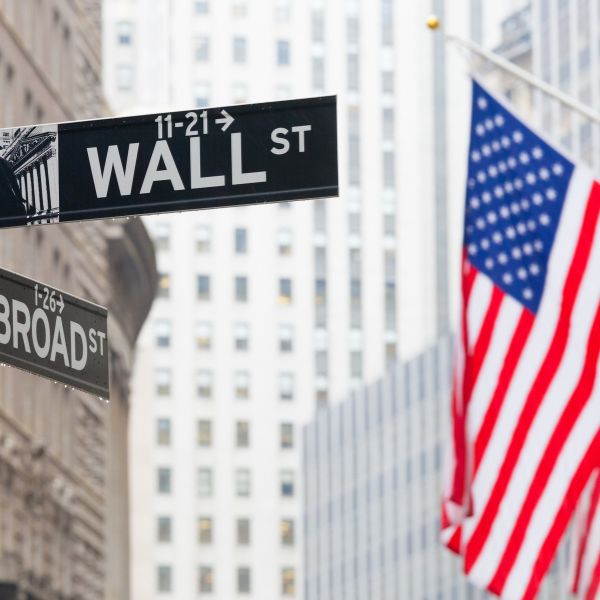Many of my clients have expressed their worries to me in recent weeks. The axiom “When Wall Street sneezes, the world catches a cold” has never been truer than now. Fears with the US economy sent global markets cascading overnight.
What is going on in the global markets?
By Charles Hutchinson
This article is published on: 5th September 2024
This was followed by a modest recovery as investors bought in at lower levels and the debate ensued as to exactly how well founded were these fears. Markets are still down and will probably remain so until some of these fears are addressed or diminish.

Overall, the U.S. economy in 2024 is not in dire straits, but it is facing significant headwinds. While the labour market remains strong and consumer spending is resilient, high inflation, rising interest rates, and concerns about future growth present challenges.
The overall outlook is one of cautious optimism, with the potential for both recovery and further difficulties depending on how these factors evolve. Let’s look at the US economy in closer detail:
Rising Government Debt Levels: The U.S. national debt has continued to grow, raising concerns about long-term fiscal sustainability. High debt levels may limit the government’s ability to respond to future economic crises.
Rising Interest Rates: To combat inflation, the Federal Reserve has raised interest rates several times. While this is intended to cool inflation, it also increases borrowing costs for consumers and businesses, potentially slowing economic growth.
Housing Affordability Issues: High mortgage rates, combined with rising home prices, have made housing less affordable for many. This has led to a slowdown in home sales and construction, affecting related industries.
Persistent Inflation: Inflation has been a significant challenge, with the Consumer Price Index (CPI) rising at rates above the Federal Reserve’s 2% target. This has eroded purchasing power for many Americans, particularly those on fixed incomes.
Recession Fears: There is ongoing concern about a potential recession. While not inevitable, some economic indicators, such as inverted yield curves and slowing manufacturing activity, have raised alarms.
To balance these, there is some GOOD news:
Robust Corporate Earnings: Many companies, particularly in the tech sector, have reported strong earnings, driven by innovation, digital transformation, and global expansion
Resilient Consumer Spending: Despite challenges, consumer spending has held up, supported by strong job growth and wage increases. This is crucial since consumer spending drives about 70% of U.S. economic activity.
Low Unemployment: Unemployment has remained low, hovering around 3.8% as of mid-2024. Job creation continues in several sectors, reflecting a resilient labour market.

So, as a long-term investor, what should I do until markets pick up again?
Stay invested with your trusted adviser or portfolio manager to ensure that your original investment strategy is not derailed by short-term market events. He/she will also be well placed to capitalise on investment opportunities during spells of market volatility. NEVER try to time the markets with big bets on ‘buying low or selling high’ – ALWAYS stay invested through uncertain times. It has been proven time and time again that this is the safest and most effective principle for achieving long-term investment success.
For further information on discretionary managed or advised portfolios within extremely effective tax structures, please contact me, Charles Hutchinson, via the form below.


